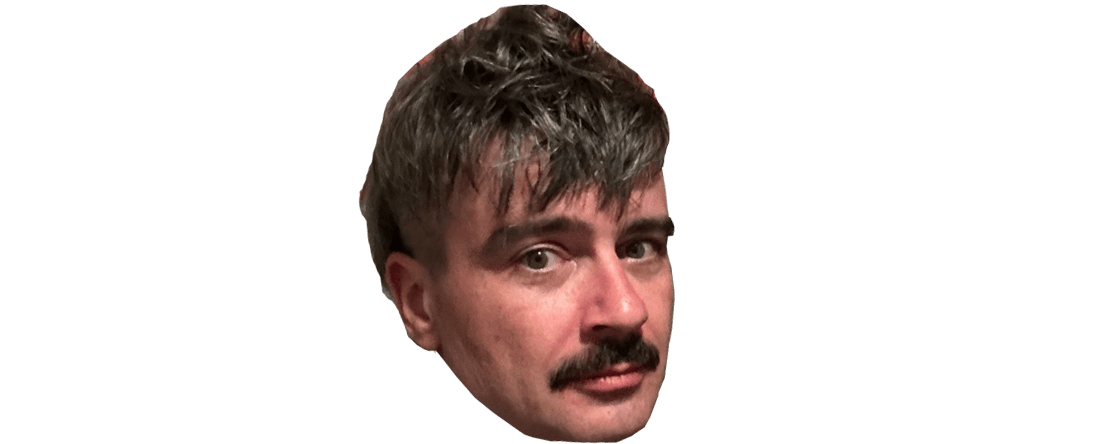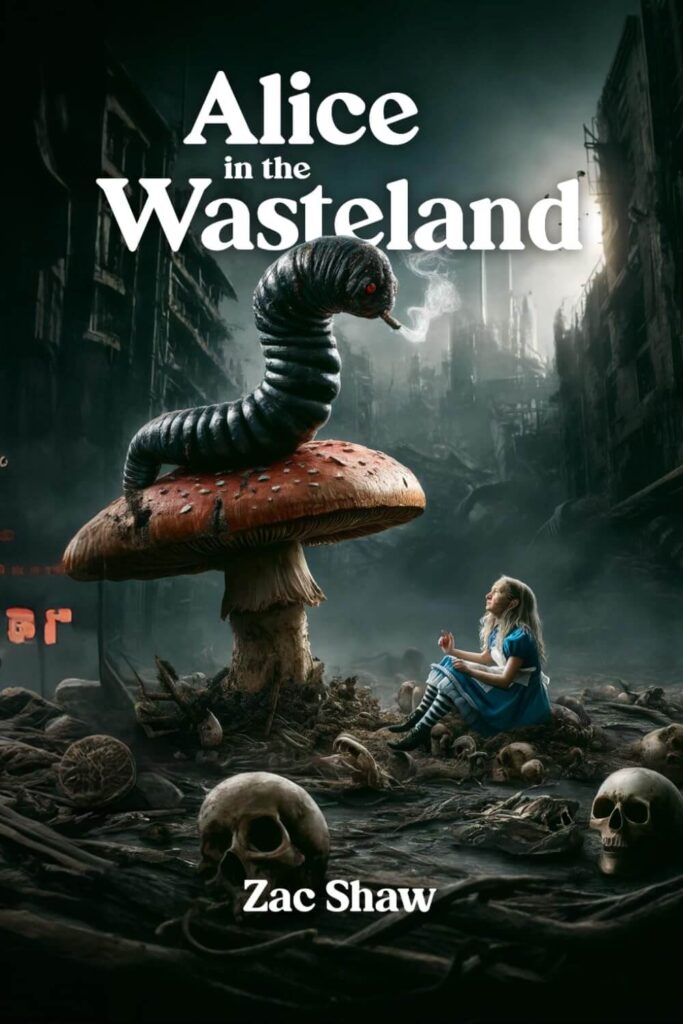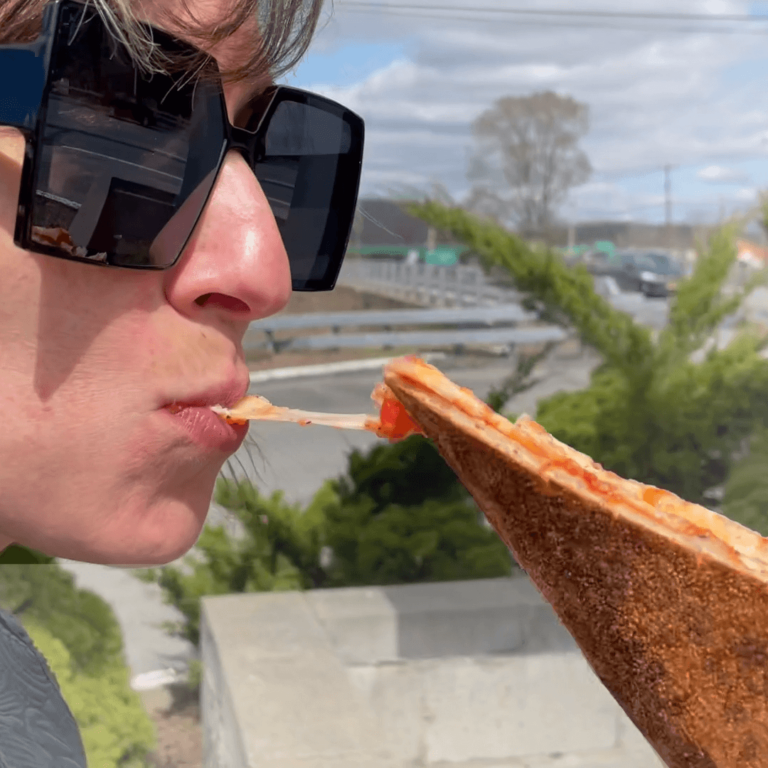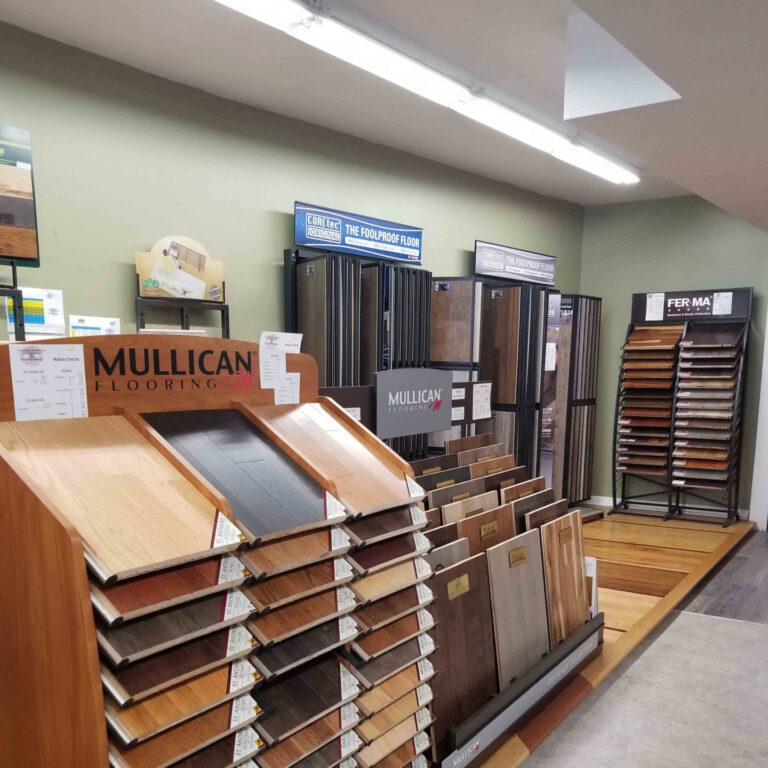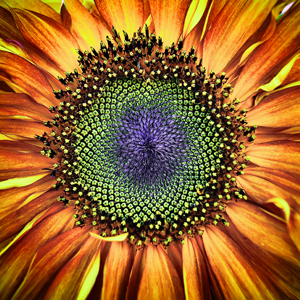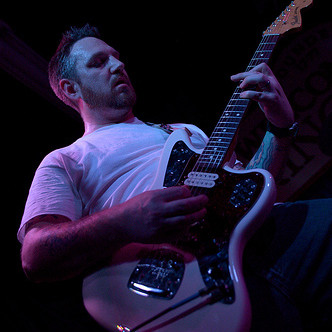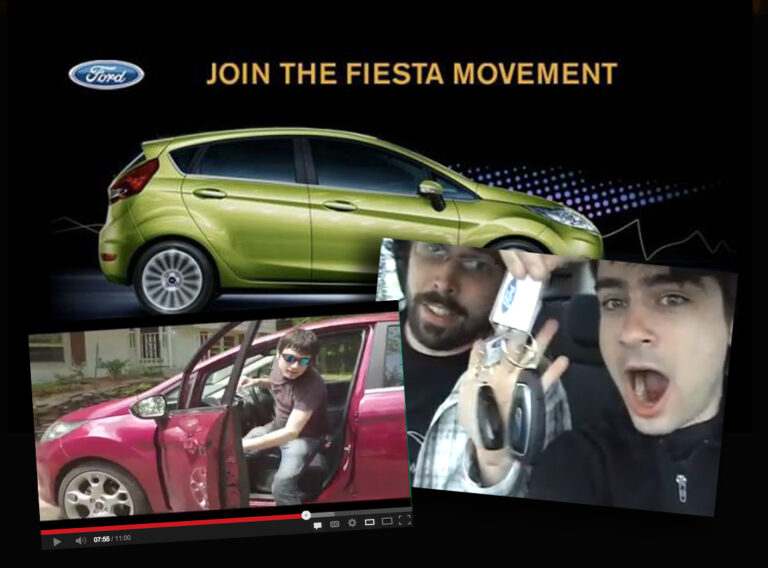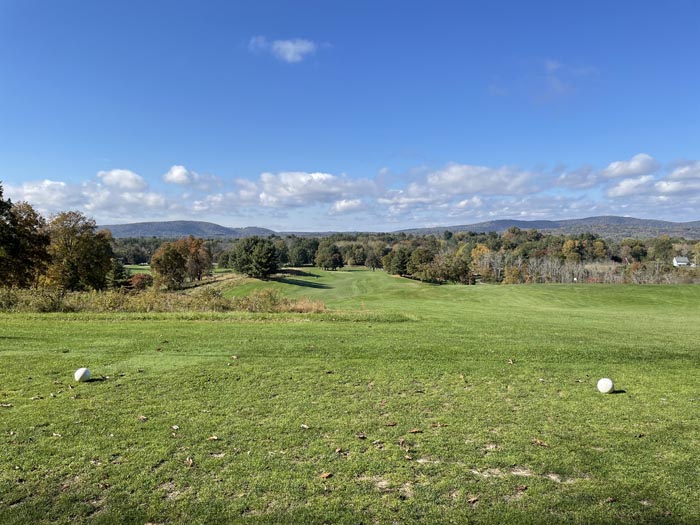As artificial intelligence swept the globe in 2024, I immersed myself into exploring ways to use AI to assist in creativity. One product of that experimentation was Alice in the Wasteland, a pitch-black parody of the Lewis Carroll classic that was written in collaboration with ChatGPT.
To create the book in a fraction of the time it would have taken to write from scratch, I first carefully crafted a prompt to rewrite chunks of the original in the style of certain authors, in the context of a dystopian, post-apocalyptic wasteland.
I then fed the original text into ChatGPT, creating an AI-rewritten version of the book to serve as the source material for a human-led edit and rewrite.
I subsequently rewrote approximately half of the book, though it was much quicker than writing from scratch. The other half was carefully edited — in the end, very few passages remained that were taken directly from AI output.
The process exposed the myth that many who lack experience with AI believe — using AI to generate creative work is lazy and the output is low-quality. To the contrary, using AI to generate creative work frees one up to focus more on being creative, less on the busywork of production. A human is almost always “in the loop”, making creative choices at every step, leaning on AI to provide a skeletal structure upon which authentic human creativity is imposed.
